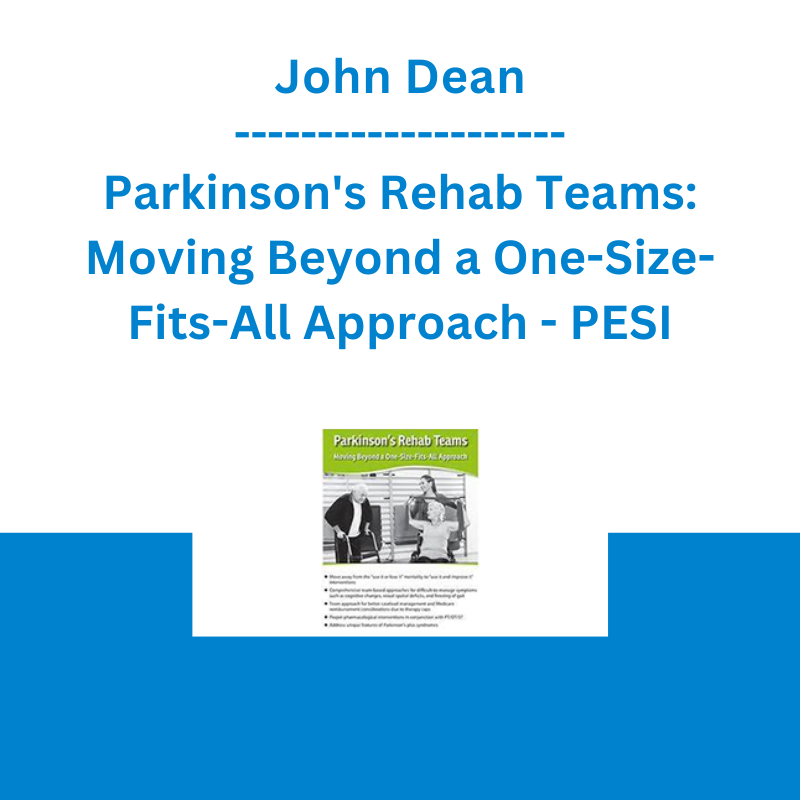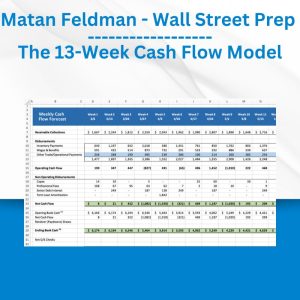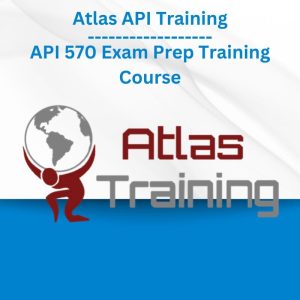*** Proof of Product ***
Exploring the Essential Features of “John Dean – Parkinson’s Rehab Teams: Moving Beyond a One-Size-Fits-All Approach – PESI”
Speaker: John Dean, MA, CCC-SLP
Duration: 6 Hours 06 Minutes
Format: Audio and Video
Media Type: Digital Seminar
Description
Current Treatment Strategies for Parkinson’s Disease
Study with Parkinson’s expert, John Dean, MA, CCC-SLP, as he shares the best practices for a comprehensive, team approach to treat Parkinson’s, in which rehab disciplines collaborate closely, dovetailing their expertise and scopes of practice in order to seamlessly integrate a cohesive treatment plan.
In addition, Mr. Dean will discuss core concepts for dual task treatment, combining movement and voice, as well as components to drive functional improvements in this population. You will learn how best to treat people with Parkinson’s who have undergone deep brain stimulation (DBS) surgery, as well as those dealing with atypical diagnoses such as progressive supranuclear palsy (PSP), multiple system atrophy (MSA), and corticobasal ganglionic degeneration (CBD). You will discover effective strategies and interventions to address this highly variable disease and teach your patients techniques they can utilize in their daily struggles with Parkinson’s.
Speaker
John Dean, MA, CCC-SLP, has been specializing in the treatment of Parkinson’s and related disorders since 2007. In addition to clinical work, he has been involved in an array of Parkinson’s-related projects ranging from the development of interdisciplinary Parkinson’s rehab networks for a large healthcare company, founding startups that build technologies for people living with Parkinson’s and even a stint as a member of the senior leadership at the Davis Phinney Foundation.
John currently divides his time between Lisbon and Colorado, collaborating with physiotherapist Josefa Domingos to develop exercise activities that combine movement, voice, and cognition, as well as running a startup that creates technologies to help scale up dual-task training for patients around the world.
Speaker Disclosures:
Financial: John Dean maintains a private practice. He receives a speaking honorarium and recording royalties from PESI, Inc. He has no relevant financial relationships with ineligible organizations.
Non-financial: John Dean serves on the scientific advisory board for the Davis Phinney Foundation and is committee chair for the International Parkinson and Movement Disorder Society. He is a member of the American Speech Language Hearing Association and the International Parkinson and Movement Disorder Society.
Objectives
- Discuss core motor and nonmotor features of PD as well as relevant Parkinsonisms
- Identify causes of different types of Parkinsonisms including drug induced, metabolic, and vascular, as well as the atypical diagnoses such as PSP, CBD, MSA, and relevant subtypes
- Restate primary medication treatments for Parkinson’s disease including treatments for comorbidities such as cognitive changes, psychological issues, autonomic features, and related problems
- Outline the key components of the Parkinson’s rehab team and highlight key roles of each member
- List core features of Parkinson’s that needs to be evaluated and relevant treatment approaches for each
- Review key components of dual task interventions for Parkinson’s, including the relevant potential roles for each team member
Outline
REVIEW OF PARKINSON’S DISEASE AND RELATED DISORDERS
- History of Parkinson’s
PARKINSON’S MEDICATIONS
- Basic methods of action for primary PD medication
- Common ancillary medications for:
- Psychological symptoms
- Orthostatic hypotension
- Incontinence
- Daytime fatigue/sleepiness
- Cognitive changes
- Timing of PT/OT/ST interventions in conjunction with meds
{CASE STUDY} RECENTLY DIAGNOSED MALE WITH YOUNG ONSET PD
ADVANCED THERAPIES FOR PARKINSON’S
- Deep brain stimulator surgery (side effects and issues)
- Enteral suspension of carbidopa/levodopa
- Ablative surgeries
- On the horizon – subcutaneous continuous release of apomorphine and carbidopa/levodopa, A2A receptor antagonists and other targets
{CASE STUDY} FEMALE WITH MID-STAGE PD, S/P DBS SURGERY
OVERVIEW AND HISTORY OF REHAB TEAM APPROACHES TO TREATMENT
- Center of Excellence Model
- Interdisciplinary and transdisciplinary team models around the world
KEY ASPECTS OF PARKINSON’S TEAM DEVELOPMENT
- Key training and competencies
- Roles of key members including discipline-specific competencies
- Gait and balance deficits
- Functional transfers
- ADLs
- Communication and swallowing deficiencies
ASSESSMENTS AND DOCUMENTATION
- Intake and evaluation
- Key metrics of clinical progress including minimum detectable-change
SPECIAL TOPICS
- Dual task treatment for PD with PT/OT/ST team
- Key concepts with research underpinning
- Techniques for team approaches
- Sequencing activities
- Safety awareness
- Memory deficits
- Marketing a team-based Parkinson’s program
- Including sample presentations for consumer populations as well as medical presentations
- Sample press release
- Differential diagnosis of atypical Parkinson’s disorders
- Specific clinical features
- Progressive supranuclear palsy
- Corticobasal ganglionic degeneration
- Multiple system atrophy
- Specific clinical features
{CASE STUDY} FEMALE W/ 4-YEAR HISTORY OF UNSPECIFIED PARKINSONISMS
Target Audience
- Speech-Language Pathologists
- Physical Therapists
- Physical Therapist Assistants
- Occupational Therapists
- Certified Occupational Therapy Assistants
- Nurses
- Long-Term Care Administrators
- Skilled Nursing Clinical Staff
- Assisted Living Clinical Staff
Please see the full list of alternative group-buy courses available here: https://lunacourse.com/shop/










 Atlas API Training - API 570 Exam Prep Training Course
Atlas API Training - API 570 Exam Prep Training Course